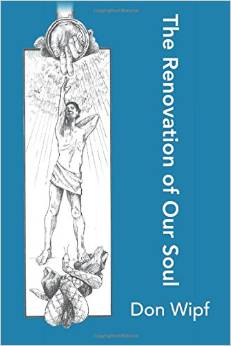We have stated many times that because we are finite we cannot have definitive proof for events that occur away from our space and time. That includes the death and resurrection of Jesus so are we Christians totally devoid of any evidence for our faith?
“The evidence [the apostles] offered was neither signed statements of neutral observers nor closely reasoned philosophic argument: it was the evidence of lives changed utterly by contact with the risen Christ. And today if anything will shake and persuade the mocker, perhaps it will not be our arguments: it will be the degree of our own conviction. And that depends always upon the reality of our personal commitment to the risen Lord.” [1]
Before his conversion, Lee Strobel, the author of several books on Christian apologetics, had not spent much time investigating Christianity because it seemed to him that God was just a product of wishful thinking. He thought, from his cursory look, that Jesus was just another man and saw no reason to look further. It was only when his wife became a Christian and he saw her transformed life that he began to investigate. [2]
Stewart quotes Nietzsche as saying: “These Christians must show me they are redeemed before I will believe in their Redeemer. [3] Until we include in our doctrine of salvation that it is necessary to change of our soul so it becomes like God and turn that doctrine into reality, we will not be able to show people like Nietzsche that we are redeemed. And as a result we make it difficult for them to believe in our Redeemer.
A transformed life is the best evidence we have for our faith. Why do we ignore it in our doctrine? Why do we fail to implement it in our lives?
“. . .let your light shine before others, so that they may see your good works and give glory to your Father who is in heaven.” (Matthew 5:16 ESV).
__________________________
[1] James S. Stewart, A Faith to Proclaim, Vancouver, British Columbia: Regent College Publishing, 1953, 116.
[2] Lee Strobel, The Case for Christ, Grand Rapids, MI: Zondervan Publishing House, 1998, pp. 13-14.
[3] Stewart, p. 45.

